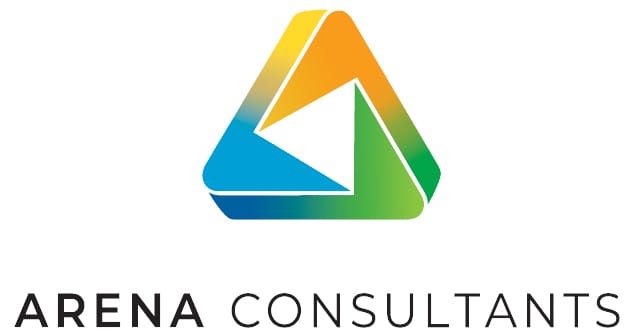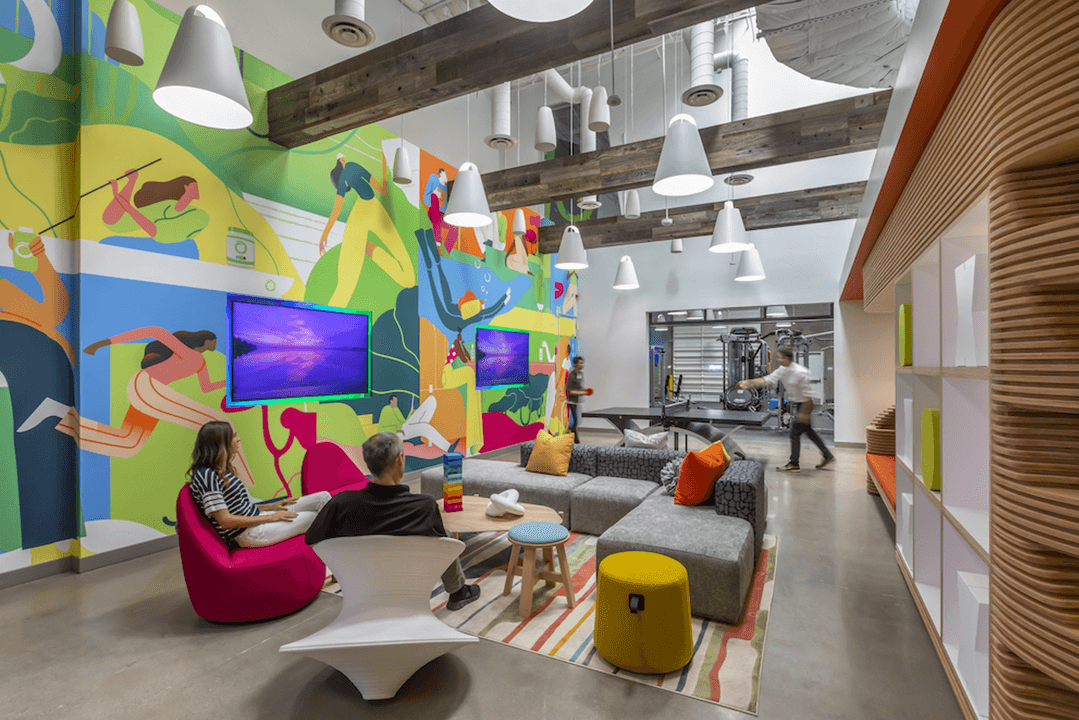Designing a multifunctional office space is all about breaking down barriers, both physically and visually, to bring more inclusivity and freedom. So, let’s have a look at the key design initiatives through which organizations can create a thriving multifunctional workspace.
1. Create Zones for Different Activities
One of the most effective design strategies for multifunctional offices is creating distinct zones that serve different purposes.
These can include:
- Quiet Zones: Design a space where employees can retreat for focused, deep work without distractions. Soundproof pods, cubicles, and cabins can be ideal for this.
- Collaborative Areas: Open, flexible spaces equipped with modular furniture where teams can gather for brainstorming sessions or informal meetings. Ensure plenty of natural light and communal seating to encourage interaction.
- Breakout Zones: Casual lounges with comfortable seating where employees can relax or have quick, informal discussions. Incorporate soft furnishings and warm lighting to create a welcoming vibe.
- Event Spaces: A multi-use area that can be converted for larger meetings, team events, or training sessions.
2. Space-Saving Furniture
A multifunctional office should be flexible enough to adapt to various needs throughout the day. Modular furniture that can be easily moved or reconfigured is essential for achieving this. Invest in desks, chairs, and tables that can be rearranged to form individual workstations or grouped together for collaborative work. Movable partitions or foldable dividers can further transform open spaces into private areas for meetings or focused tasks.
3. Multipurpose Storage
Clutter can quickly ruin the flow of a multifunctional office. To maintain flexibility, incorporate storage solutions that are hidden yet accessible. Think of multi-use storage furniture such as benches with built-in storage or mobile filing cabinets that can be moved around as needed. You can use vertical storage systems like tall cabinets or wall-mounted shelves to free up floor space, creating more room for activities and movement.
4. Integrate Health-focused Spaces
Organizations can also include areas where employees can recharge and take breaks from work. Incorporate relaxation zones with comfortable seating, soft lighting, and calming decor. Add elements of biophilic design, such as indoor plants or water features, to create a soothing environment that supports mental well-being. Companies can also consider a small indoor garden or green wall in their relaxation zone to promote a calming atmosphere while boosting indoor air quality.
In Conclusion
Designing a multifunctional office requires thoughtful planning and creativity. The goal is to create a space that supports a wide variety of activities from solo work and collaboration to relaxation and socializing. By incorporating modular furniture, distinct zones, and flexible meeting spaces, you can transform your office into an adaptable, future-proof environment. Ultimately, a multifunctional office not only maximizes the use of space but also enhances productivity, creativity, and employee satisfaction.

